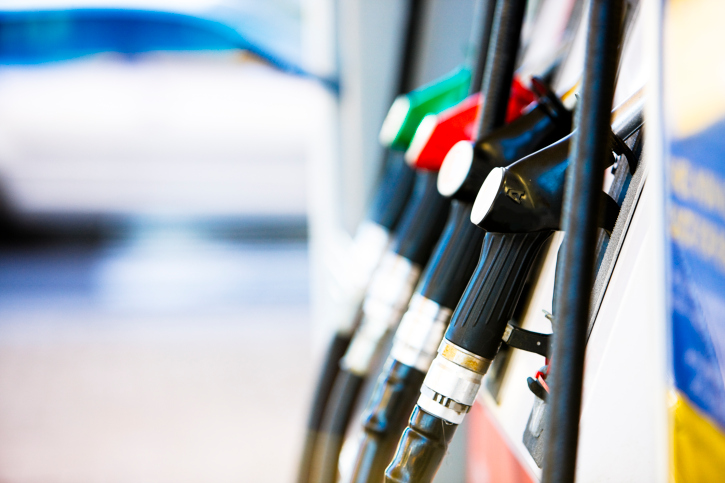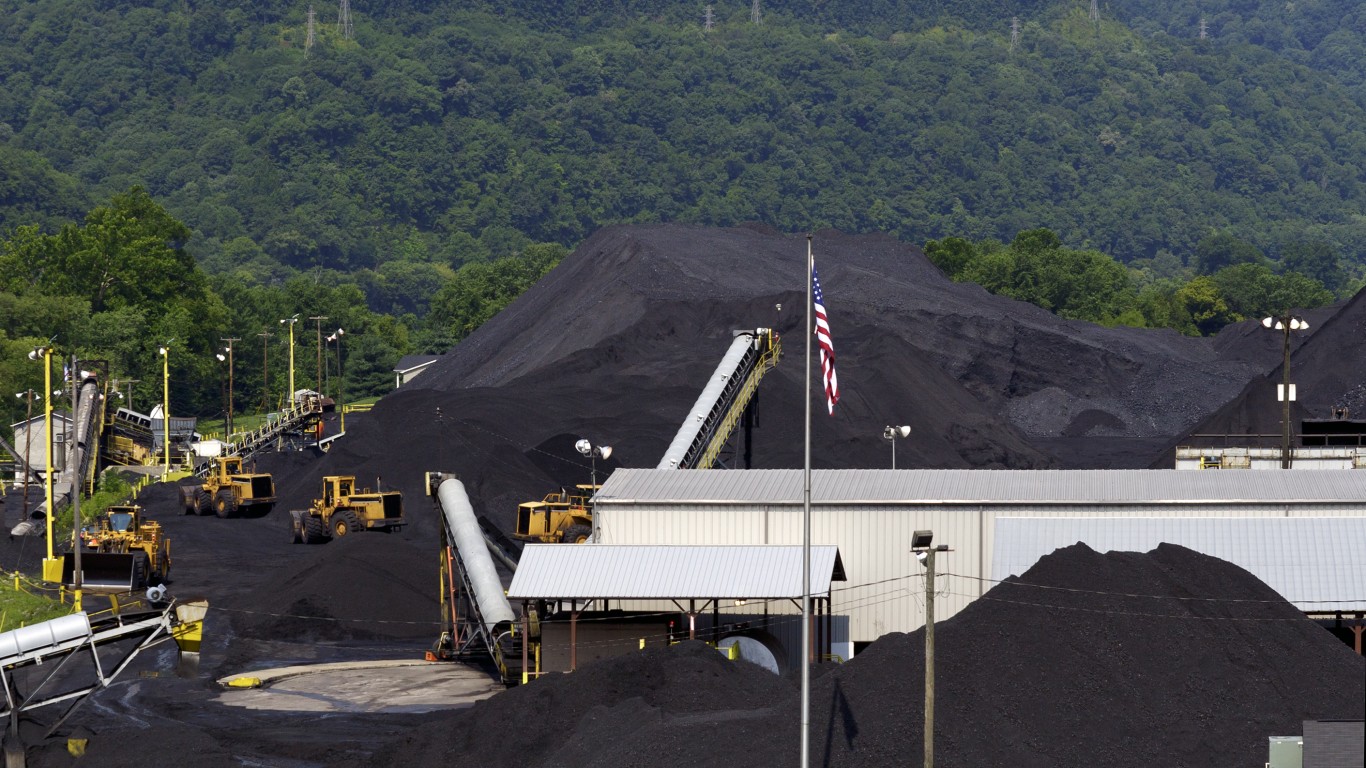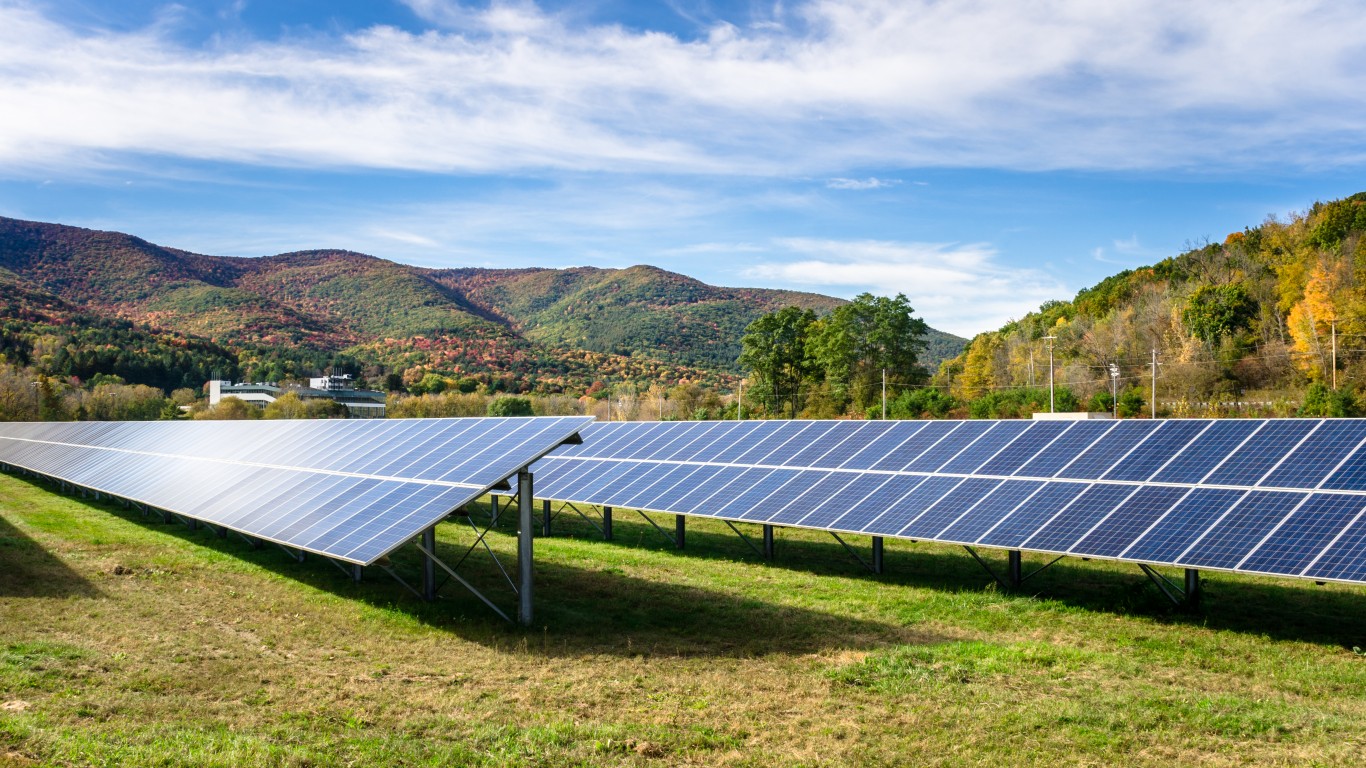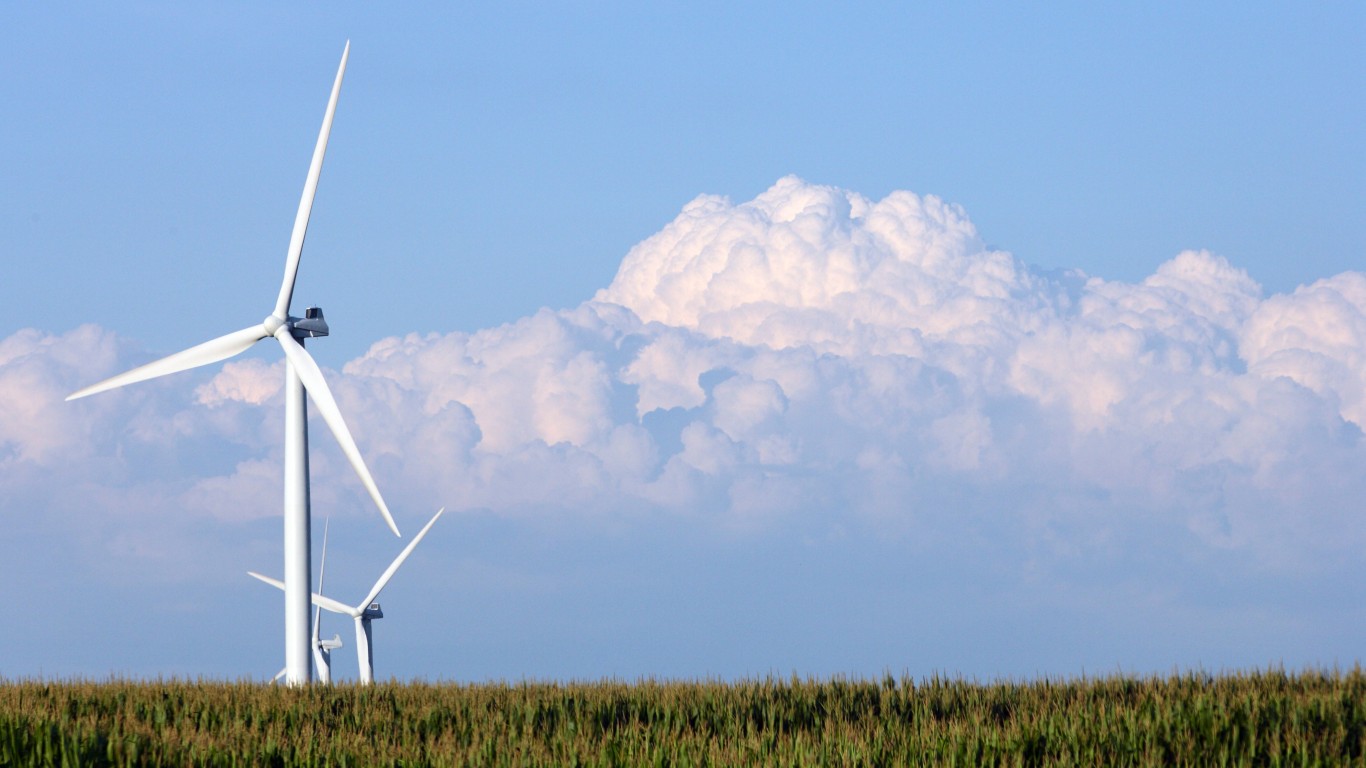
Professor Michael Sivak of the University of Michigan Transportation Research Institute has recently completed a study of how much economic impact all that driving creates. Using GDP figures from the U.S. Bureau of Economic Analysis and mileage data from the Federal Highway Administration, he has computed the amount of GDP generated per mile driven for each of the 50 states plus the District of Columbia.
In 2011, the “state” with the highest GDP per distance driven was the District of Columbia, which generated $30.04 in GDP for every mile driven. Alaska was second with $11.16, followed by New York ($9.16), Connecticut ($7.23), and Delaware ($7.13).
The least economic bang per mile driven was generated in Mississippi ($2.51), followed by Alabama ($2.75), New Mexico ($3.12), Arkansas ($3.23), and Oklahoma ($3.29). The median GDP was $4.66 per mile driven in Wisconsin.
Calculated as a percentage increase from 1997 to 2011, the state with the largest growth in GDP per mile driven was Wyoming (+115%), followed by the District of Columbia (+99%), North Dakota (+95%), Alaska (+94%), and Oregon (+89%). The states posting the least growth were Michigan (+28%), Florida (+32%), Ohio (+36%), Mississippi (+37%), and New Jersey (+42%).
As Professor Sivak points out, a high GDP per mile driven can be a function either of high GDP or low miles driven. High GDP may be a function of natural resources (Wyoming, Alaska, North Dakota, for example), local tax policies, availability of a skilled work force (New York and Connecticut), or other factors. Lower driving distances may be influenced by more compact urban areas and the locations of large employers.
Perhaps an unexpected conclusion is related to the size of the state and its population density:
[W]hile the direction of the effect of density of population was in the expected direction (high population density was associated with high level of GDP per distance driven), the effect of land area was the opposite of what was expected (large land area was associated with high level of GDP per distance driven).
Professor Sivak also noted that since 1997 inflation in the U.S. is up by 40%. That means that the four states with the smallest increases in GDP per distance driven did not even keep up with inflation.
Is Your Money Earning the Best Possible Rate? (Sponsor)
Let’s face it: If your money is just sitting in a checking account, you’re losing value every single day. With most checking accounts offering little to no interest, the cash you worked so hard to save is gradually being eroded by inflation.
However, by moving that money into a high-yield savings account, you can put your cash to work, growing steadily with little to no effort on your part. In just a few clicks, you can set up a high-yield savings account and start earning interest immediately.
There are plenty of reputable banks and online platforms that offer competitive rates, and many of them come with zero fees and no minimum balance requirements. Click here to see if you’re earning the best possible rate on your money!
Thank you for reading! Have some feedback for us?
Contact the 24/7 Wall St. editorial team.



